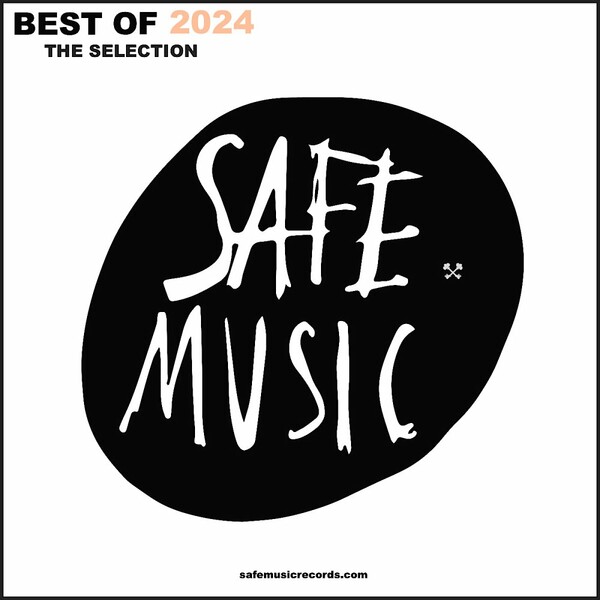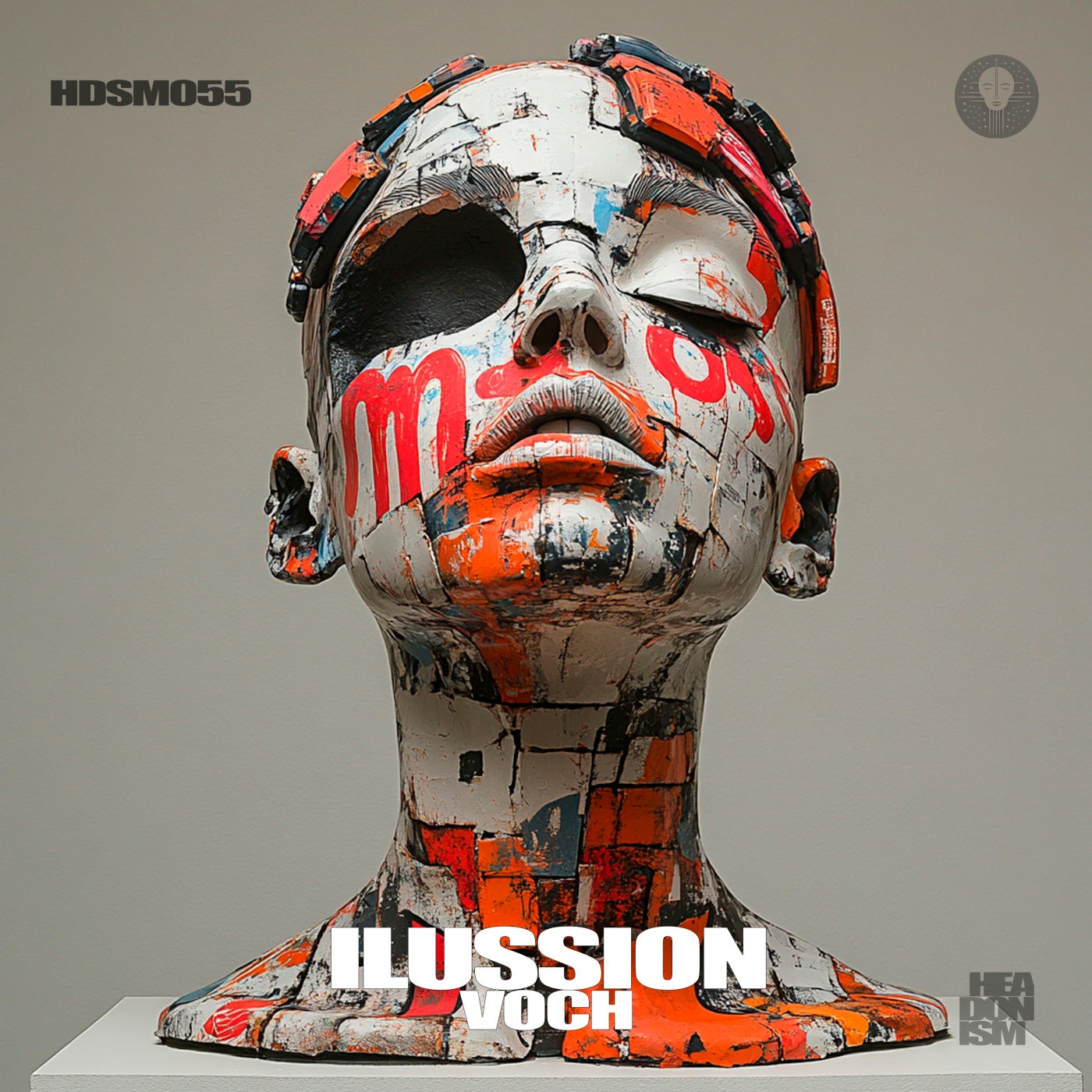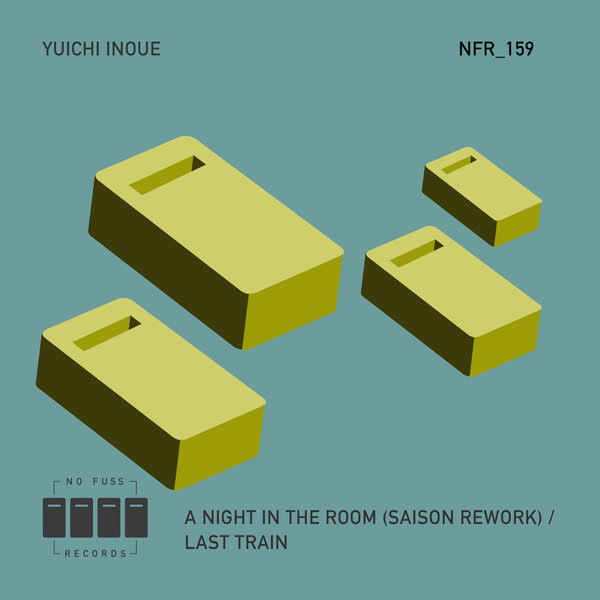It is an imaginative production that, as a unity, is an ambitious presentation providing interpretations of aspects of (and episodes from) the life of Leonardo.
The whole son et lumière-type venture is, here on this double vinyl issue, of course stripped of its visual features. Yet, nevertheless, what we have on this release from Night Time Stories is an impressive sequence of musical pieces that recall some of the artist’s most original work, in certain instances reminding one of his magisterial 1996 collaboration with John Digweed, Northern Exposure, on the Ministry of Sound label. That pioneering set illustrated a remarkable talent for the layering and mixing of sounds. Subsequent releases, such as his 1998 Global Underground: San Francisco, though undoubtedly effective in their own way, naturally had narrower frames of reference.
However, the clearest precursor to Da Vinci Genius is the first rate 2016 three-LP collection, Scene Delete, on sister label Late Night Tales. That remains a hugely impressive piece of work through its taking ideas from the growing neo-classical genre and giving them a distinctive but not domineering techno slant. This new release is, sonically, more wide-ranging in its bid to convey the extraordinary breadth of Leonardo’s talent across so many areas. So it is not surprising that some tracks are more successful than others. The opening sections are particularly effective as the aged Renaissance master looks back on his life and, remarkable as it seems to us, questions himself regarding his achievements. The sombre tones work well to convey the sense of doubt, as Sasha initially lets the classical instrumentation work in its purest form before the introduction of some sacred choral elements that expand as if to convey the theological context of fifteenth century Florence. The more vigorous rhythms and electronica that then follow represent acknowledgements of the scientific, with hints of helicopter blades, among other things.
There is an ingenious recognition of the anatomical interest of the work’s subject (evidenced in the marvellous drawing of hands) through the incorporation of plucked, Renaissance lute type sounds, before a lovely swelling develops out of slow cello cross-cut with Philip Glass-style emphatic rhythms. It’s a good illustration of how Sasha, at his finest, can hold together disparate elements so well. Occasionally, the desire to bridge gaps between the artistic-cerebral and the euphoric-hedonistic might seem a little too challenging, with some slightly awkward transitions here and there. Part of Da Vinci’s genius, by contrast, was his extraordinary integrating of his talents across so many areas.
More effective, on this release, is the six-minute "Machines" track, precisely because it focuses more precisely on the scientific, yet still manages to introduce some delightful shimmering effects, based on Tchaikovsky, that suggest the magical. A kind of sonic alchemy appropriate to an age of the fascinating though often dangerous matrix of art, science and theology. The developing Renaissance thought about the cosmos that eventually brought about a shift away from a geo-centric perspective is imaginatively conveyed through slow synths that initially hint at Vangelis (circa Blade Runner), but then give way to more energetic rhythms suggestive of planet movements evoking the increasing sense of wonder and the increasing pace of astronomical inquiry.
Certainly, this is an adventurous project that, musically, works well in the main. It is Sasha’s experience and talent for mixing the elements that keep it from stumbling into the hubristic. Towards the end, there is a beautiful violin-based piece, based on a composition by Ed Alleyne Johnson (ex-New Model Army), that succeeds because of its resistance to over-embellishment, and – as with Scene Delete eight years ago – demonstrates Sasha’s intelligent awareness of what, and especially what not, to do to every component.

 1 month ago
3
1 month ago
3


















 English (US) ·
English (US) ·